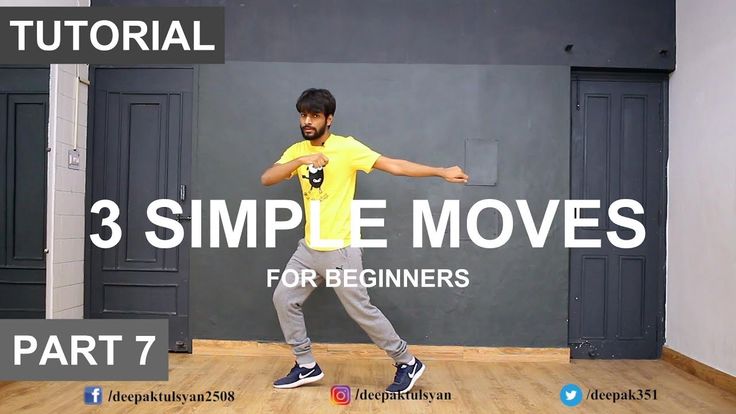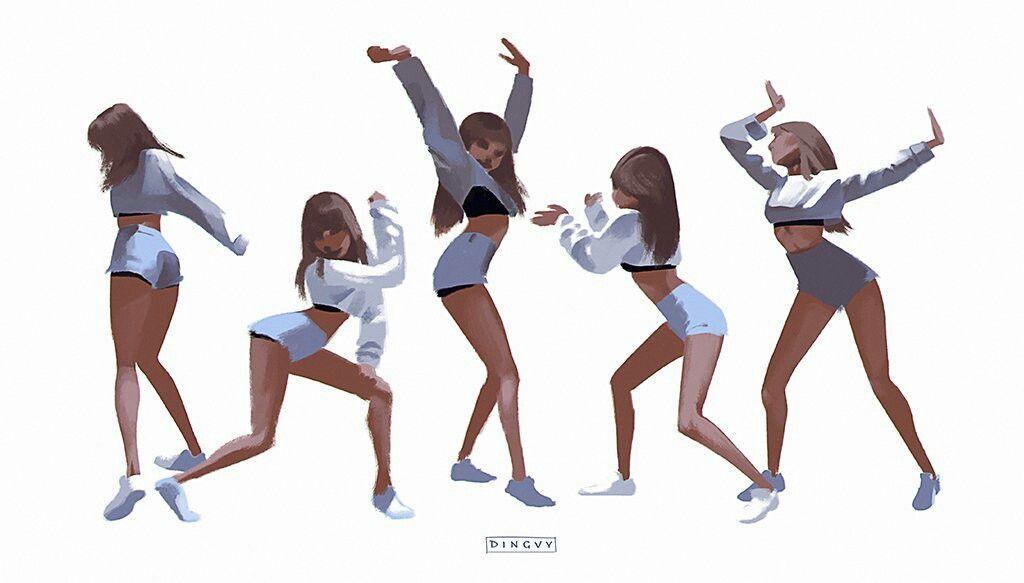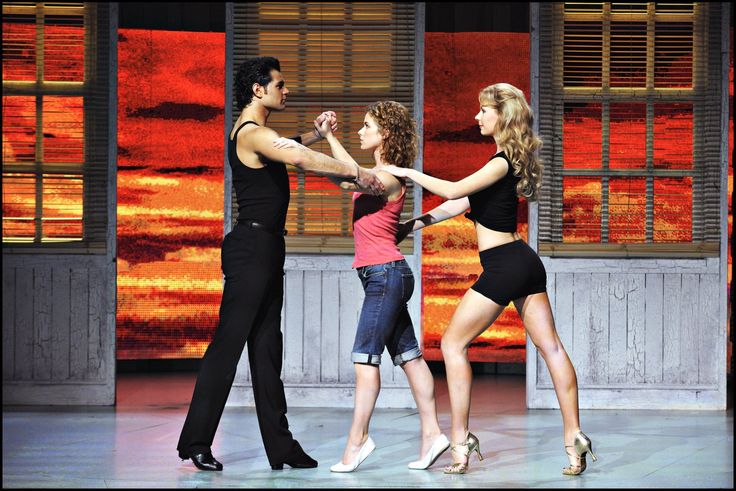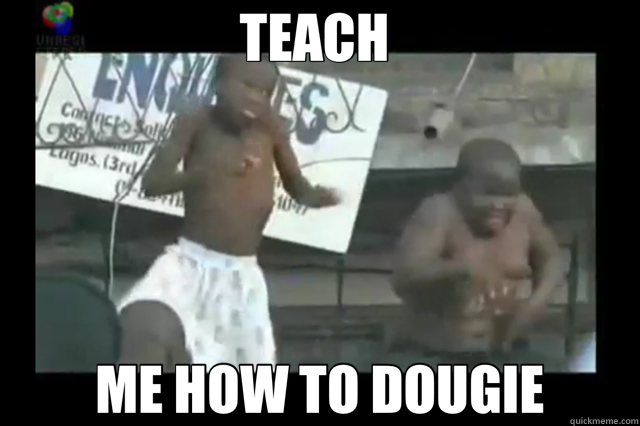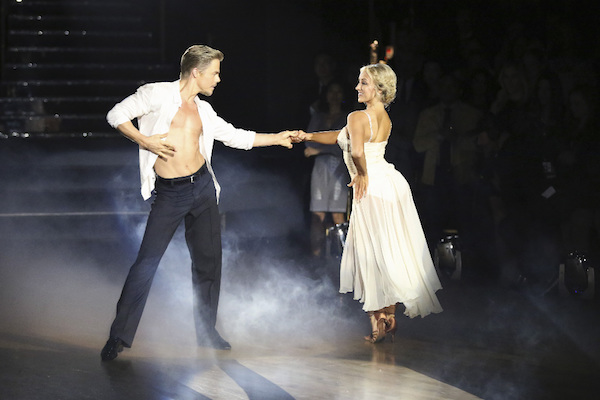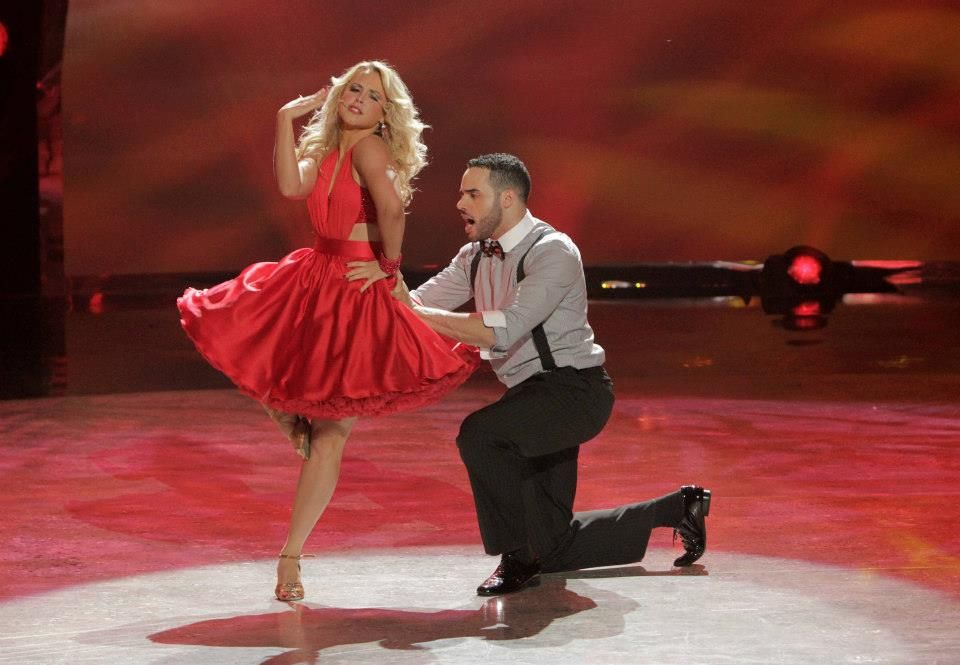How to dance the waltz
Learn Basic Steps For Waltz
Waltz is an elegant, nearly universal dance, perfect for weddings, or almost any social occasion. It's not as hard to learn as most people think.
- Basic steps
- Instructions & Diagrams
- Video
- Recommended Video Lessons »
Quick intro
Waltz dates back to the late 17th century Europe, but has never really been out of fashion and clearly stood the test of time. It should probably be one of the first ballroom dances you learn.
It is a smooth and graceful dance with long, flowing movements, characterized by rise & fall motion. It has a unique 3/4 timing and a simple rhythmic pattern which blends with the music. You can start waltzing very quickly by just learning the simple box step.
Basic steps
The basic step for waltz is a box step. It's named after a pattern it creates on the floor (box or square) and forms the foundation of the dance.
A box step can be divided into two parts - a forward half box and a backward half box. Each half box has three steps - a step forward or backward, a step to the side, and a step to close the feet together.
The leader starts with the left foot and executes a forward half box, followed by a backward half box. The follower performs the opposite – she starts with the right foot and executes a backward half box, followed by a forward half box.
The basic box step pattern uses three counts - slow, quick, quick, which is repeated twice to create the box step. Timing is 1,2,3,1,2,3 or 1,2,3,4,5,6.
Instructions & Diagrams:
When dancing waltz someone has to lead and someone has to follow. Usually the man will lead and the woman will follow.
Men's Steps:
- Step forward with the left foot
- Right foot step sideways to the right
- Bring your left foot next to your right foot
- Step back with the right foot
- Step back sideways with the left foot
- Bring your right foot next to your left foot
Lady's Steps:
- Step back with the right foot
- Left foot step sideways to the left
- Bring your right foot next to your left foot
- Step forward with the left foot
- Step forward sideways with the right foot
- Bring your left foot next to your right foot
Video
In this video Leon and Kim will show you the basic box step. You will also get important tips on rise & fall movement which characterizes this dance:
You will also get important tips on rise & fall movement which characterizes this dance:
more videos »
Once you've mastered the basic box step, it's time to start rotating that box. It will usually be rotated to the left (counterclockwise), so it's called the Left Box Turn. It's quite simple: with each half box, you turn 1/4 of the turn to the left. After two boxes (or four half boxes) you will complete the turn and end up where you began. Then start all over again.
Ok, so now that you know the basic box and how to rotate it, lets continue with basic progressive. Here, as the name implies, the leader will always be moving forwards and the follower backwards. This will enable you to move around the dance floor instead of just dancing on the spot. Here is a clip from Learn & Master Ballroom Dance course that will show you in detail how it's done:
Where to go next?
Now that you know the basics, what's your next step (pun intended ;)? To go to the next level, we recommend one of the video training programs. Here are our recommendations »
How to Waltz for Beginners | 2023 Dancer’s Guide
Have you ever wanted to learn how to waltz? Whether it’s to surprise a significant other, learn a new dance style or just because it sounds fun, there’s never been a better time to learn how to waltz.
According to Fred Astaire Dance Studios, “dancing enhances memory, alertness, awareness, focus and concentration.” It’s also been known to offer protection against dementia and improve brain health. All that, and it’s fun, too!
From the Austrian waltz-like Landler in The Sound of Music to Bridgerton and Bindi Irwin and Derek Hough’s magically modern take on the Viennese waltz on Dancing with the Stars, the waltz is an elegant, sophisticated and graceful style of dance.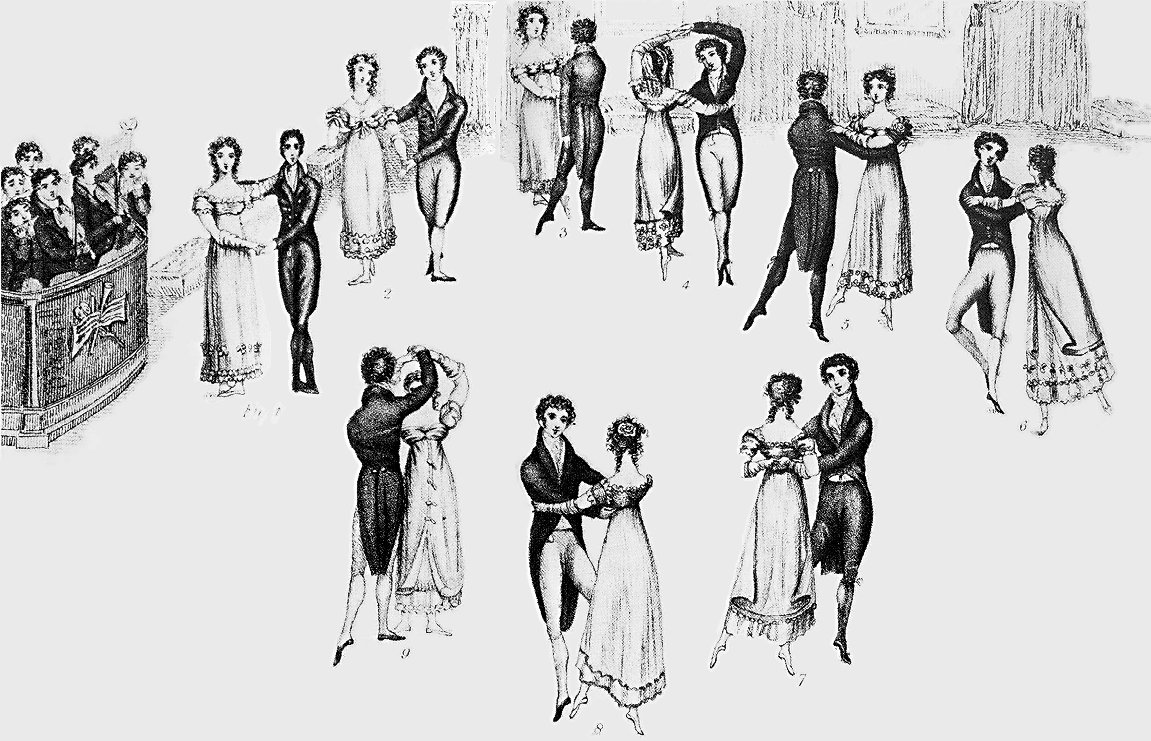
The waltz evokes a fairytale feeling of enchantment, but it’s become much more than aristocrats in pompadours, tuxedos, and the lavish bustles and lace of evening gowns. Let’s take a look at some steps (pun intended) you can take to learn how to waltz your way to becoming the next ballroom pro.
Jump to Section
- Is the Waltz Hard to Learn?
- Waltz Definition
- Types of Waltz
- Waltz Music
- What are the Basic Steps of Waltz?
- Waltz Step Pattern and Counting
- How to Waltz Turn
- How to Waltz With a Partner
- How to Waltz by Yourself
- The Waltz in Movies and Television
Is the Waltz Hard to Learn?
The waltz is one of the easiest dances for a beginner to learn. If you can step forward and backward, and count to three, you’re already halfway there. A great way to learn how to waltz is by taking a dance class. You’ll have fun, learn some new steps and get a great workout.
If you can step forward and backward, and count to three, you’re already halfway there. A great way to learn how to waltz is by taking a dance class. You’ll have fun, learn some new steps and get a great workout.
From dance classes in Colorado Springs to dance classes in San Diego, dance classes in NYC and dance classes near you, there are a wide array of waltz and ballroom dance styles to choose from.
Want to start learning how to waltz from the comfort of your own living room? Check out online dance classes. You’ll join a live instructor via Zoom or another digital platform. Practice those moves in private before heading to the ballroom or dance studio for more advanced lessons on how to waltz.
via CanvaWaltz Definition
So, what is waltz, exactly? As stated in Stanford University reports, the waltz dates back to 17th-century Europe, predominantly Austria and other Bavarian regions, and began as a country folk dance, and was considered "shockingly intimate.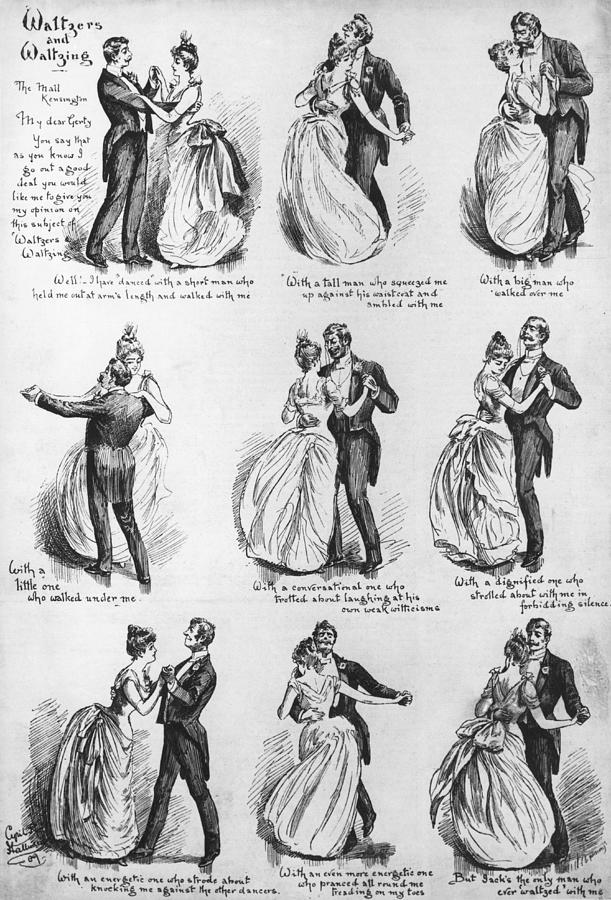 "
"
As for the waltz definition, the word waltz derived from the German word walzen, which means “to revolve.” This brings about an appropriate visual, as the waltz resembles the look of a revolving circle of dancers flowing around the floor. The rhumba, foxtrot and quickstep are derived from the waltz.
This romantic dance style is done in 3/4 time and includes Viennese, classic American waltz, international style waltz and others.
Types of Waltz
American Waltz
American ballroom waltz is the most common type of waltz. This is the style most dancers learn how to waltz as beginners. The American waltz has six basic steps that are repeated throughout the dance. The dancers move right-left-right in a counterclockwise movement around the room. More arm movement is used in this style than other styles.
Viennese Waltz
Viennese waltz is the original version that developed in Europe.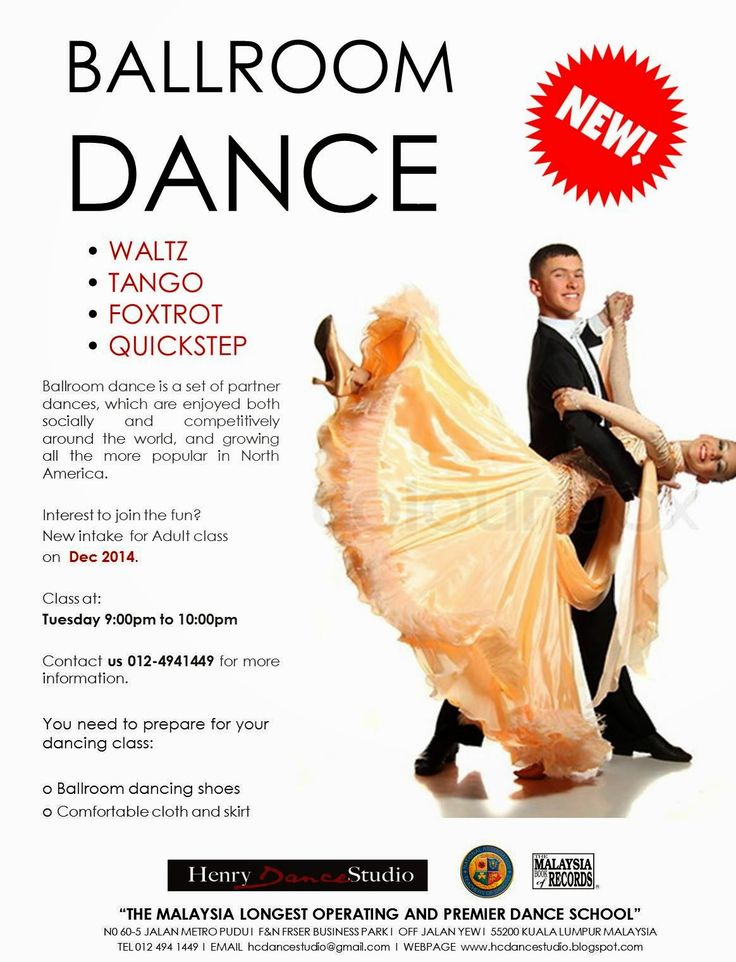 More advanced than other styles, dancers move quickly and do fast turns. Dancers move counterclockwise around the room. Consider learning how to waltz this style once you’ve mastered American ballroom.
More advanced than other styles, dancers move quickly and do fast turns. Dancers move counterclockwise around the room. Consider learning how to waltz this style once you’ve mastered American ballroom.
International Waltz
International waltz is like American, but the dancers move left-right-left. This style is often seen in dance competitions and is sometimes referred to as the slow waltz. It’s danced to slow music, making it another good choice for beginners who are learning how to waltz.
Country Waltz
There’s also a country version of the waltz, which is a slower style of dance. If you already know how to line dance, the country waltz is very similar. It’s faster than a traditional waltz and has faster music, making it a little more challenging to learn how to waltz in this style.
via CanvaWaltz Music
Waltz music is slower than the music of rhythm dances. The first beat is usually a low bass note. The next two notes are a little higher. Classical music is the perfect choice to use when learning how to waltz, but contemporary and even country music can be used for a lovely waltz lesson.
The first beat is usually a low bass note. The next two notes are a little higher. Classical music is the perfect choice to use when learning how to waltz, but contemporary and even country music can be used for a lovely waltz lesson.
Examples of popular traditional and modern waltz music include:
- “The Blue Danube Waltz” — Johann Strauss II (known as the Waltz King)
- “The Emperor Waltz” — Johann Strauss II
- “Minute Waltz” — Frederic Chopin
- “Sleeping Beauty Waltz” — Pyotr Ilyich Tchaikovsky
- “Swan Lake Waltz” — Pyotr Ilyich Tchaikovsky
- “Skater’s Waltz” — Emile Waltdteufel
- “Are you Lonesome Tonight?” — Elvis Presley
- “Sunrise, Sunset” — Perry Como
- “Tennessee Waltz” — Anne Murray
- “Piano Man” — Billy Joel
- “Unforgettable” — Nat King Cole
- “The Way You Look Tonight” — Frank Sinatra
- “Perfect” — Ed Sheeran
What are the Basic Steps of Waltz?
When you first learn how to waltz, you’ll find that it comes down to a few basic steps that will help you achieve that lighter-than-air look of a true professinal.
Basic waltz steps names include:
Box Step Waltz
The waltz box is the foundation of the entire dance. Dancers perform a series of six movements done in the shape of a box on the floor. The pattern is step-step-close.
Change Step
The change step helps dancers move around the floor.
Underarm Turn
In an underarm turn movement, the dancers break away and do different steps at the same time.
Cross Body Lead
The cross body lead is when you progress from a box step where the leader opens up and the follower goes by.
Hesitation Step
A hesitation step is used to change direction and for turning left or right when you learn how to waltz.
via CanvaWaltz Step Pattern and Counting
The basic steps of a waltz include three step counts: slow – quick – quick. This sequence is repeated twice to create a box step. Timing is: 1, 2, 3, 1, 2, 3 or 1, 2, 3, 4, 5, 6.
This sequence is repeated twice to create a box step. Timing is: 1, 2, 3, 1, 2, 3 or 1, 2, 3, 4, 5, 6.
After learning this basic box step, you’ll then start rotating the box around the dance floor in a counterclockwise motion. After each half box, you’ll take a 1/4 turn to the left. Then, after two full boxes (or four half boxes), you’ll complete the turn back where you began. At this point, start all over. Voila! You’re waltzing.
How to Waltz Turn
A waltz wouldn’t be a waltz without those graceful turns (and spins, dips and flourishes as you get more advanced).
Natural Turn
The natural turn in a waltz is where the partners turn around each other clockwise.
Reverse Turn
With a reverse turn, partners turn counterclockwise around each other.
Turning Rock
Turning Rock is a unique pattern used to change direction using a rocking action.
How to Waltz With a Partner
With flowing fabric and smoothly synchronized steps, watching a waltz is the epitome of elegance and grace.
To learn how to waltz, two partners face each other standing about a foot apart. One acts as the leader, and one acts as the follower. The leader moves forward, and the follower moves backward.
There’s a quote that describes this, and it goes something like this: “Just remember, Ginger Rogers did everything [Fred Astaire] did…but backwards and in high heels.”
To start learning how to waltz, the leader places their right hand on the left shoulder of the follower. The follower puts their left hand on the right shoulder of the leader. The rest of the dance goes as such:
Steps for the Lead Partner
- Step forward with the left foot.
- Move your right foot sideways to the right.

- Bring the left foot to the right foot. Your feet are parallel and not quite touching.
- Step back with the right foot.
- Step back with the left foot and move sideways to the left.
- Move the right foot next to the left foot. Your feet are parallel and not quite touching.
Steps for the Following Partner
- Step back with the right foot.
- Move your left foot sideways to the left.
- Bring the right foot next to the left foot. Your feet are parallel and not quite touching.
- Step forward with the left foot.
- Step back with the right foot and move sideways to the right.
- Bring the left foot next to the right foot.
 Your feet are parallel and not quite touching.
Your feet are parallel and not quite touching.
How to Waltz by Yourself
How do you waltz alone? If you don’t have a partner or would just like to learn some steps on your own, it’s easy to learn how to waltz by yourself. Simply learn the step formations of either the follower or the leader.
You’ll have some basics down pat before practicing with a partner. One of the biggest skills when you learn to waltz is learning to effortlessly change weight to appear light on your feet. Keep this in mind when learning how to waltz on your own.
The Waltz in Movies and Television
Spark your dancing dreams by watching some waltzes on the big or small screen.
- The Story of Vernon and Irene Castle (1939) — Fred Astaire and Ginger Rogers dance to “The Last Waltz”
- The Sound of Music (1965) — Maria and Captain Von Trapp dance to the Landler, an Austrian folk-style waltz
- My Fair Lady (1964) — Audrey Hepburn and Rex Harrison and “The Embassy Waltz”
- Anna Karenina (1997) — Sophie Marceau and Sean Bean
- Anna Karenina (2012) — Kiera Knightly and Aaron Taylor-Johnson
- 2001: A Space Odyssey (1968) — The ultimate weightlessness of space done to “The Blue Danube”
- Bridgerton (2020 – present) — Netflix’s hit show features a range of classical and modern music and waltzes done to Max Richter, Kris Bowers, Vivaldi and Shostakovich’s “Jazz Suite No.
 2”
2” - War & Peace (2016) — BBC’s adaptation starring James Norton and Lily James
- Beauty and the Beast (1991) — Belle and the Beast dance an enchanting waltz
- Downton Abbey (2019) — “The Sunset Waltz” by Johann Straus II
Weddings, anniversaries, retirement parties, holiday events and other special occasions are all worthy of a waltz or two. When broken down into small steps, learning how to waltz is quite simple.
With some practice and our tips, you’ll be swooping, twirling, dipping and turning like a ballroom pro in no time!
For even more creative ideas and inspiration, check out other experiences happening on Classpop!
Related Articles
A Beginner's Guide to Bachata DancingA Beginner's Guide to Cumbia Dancing
How to Belly Dance (With Confidence!)
How to Line Dance Like a Pro
How to Slow Dance With Style
How to Salsa Dance Beginner’s Guide
How to learn to dance the waltz
Waltz! And now light vapors are already spinning, spinning, swiftly and smoothly sweeping one after another. Start learning to dance, and become more slender, dexterous, fit. You will not touch the corners and jambs ... But does this happen to you sometimes? Confess! Your step will become light, springy, you will straighten your shoulders, learn to keep your head straight.
Start learning to dance, and become more slender, dexterous, fit. You will not touch the corners and jambs ... But does this happen to you sometimes? Confess! Your step will become light, springy, you will straighten your shoulders, learn to keep your head straight.
Be sure to learn to dance, and we will help you.
WE DANCE THE WALTZ nine0004
To learn how to waltz, it is enough to know two movements: the right turn and the "track". The "track" is quite easy to learn, so the most important thing is the turn. We will start with him. A full turn of the waltz (360 degrees) consists of two parts and is performed for two measures. The musical size of the waltz (one measure) is 3/4. This means that the waltz rhythm is a continuous repetition of counting: one, two, three; one, two, three... Before starting to learn to dance in pairs, everyone must learn the waltz turn on their own. nine0004
FIRST HALF TURN
(Count: "one, two, three")
Become a face along the movement, or, as they say, along the line of dance.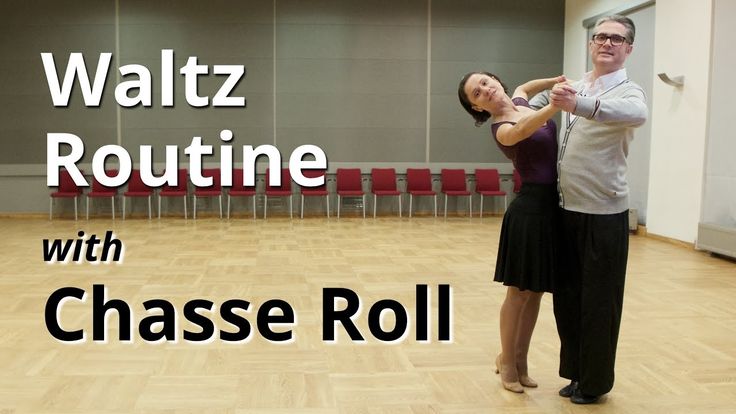 Put your feet in the third position, that is, the heel of the right foot is attached to the middle of the foot of the left and the socks are turned to the sides, as shown in the figure. This extended position of the legs is called eversion. In the waltz, the legs must be in an eversion position at all times.
Put your feet in the third position, that is, the heel of the right foot is attached to the middle of the foot of the left and the socks are turned to the sides, as shown in the figure. This extended position of the legs is called eversion. In the waltz, the legs must be in an eversion position at all times.
So let's get started. Take a step forward with your right foot, starting to turn to the right (count: "one" - the first quarter), then step with your left foot, turn to the right even more, and now you are standing with your back along the dance line (count: "two" - the second quarter), pull the right leg to the left in the third position (count: "three" - the third quarter). This is the diagram of the first half of the turn. nine0003 Do it several times in a row, turning exactly 180 degrees each time. In order for this scheme to turn into a half-turn of the waltz, rise to the half-toes on the second step and lower at the end of the third step from the half-toes to the soles of both feet, ending the movement with a smooth, slightly noticeable squat. All steps should be light and gliding.
All steps should be light and gliding.
SECOND HALF TURN
(Count: "one, two, three")
You stand with your back in the line of dance. Legs in third position. Take a step with your left foot to the side (count: "one" - the first quarter), body weight on the left foot, there is no turn yet. Bring the right foot with the inside of the toe behind the heel of the left, that is, inverted (count: "two" - the second quarter), slowly turn on the half-toes of both legs to the right, so as to be facing the line of dance (count: "three" - the third quarter ). Check that the rotation should be swarmed 180 degrees. What we have now learned is the scheme of the second half of the turn. nine0003 Do this pattern again, but with the following conditions: the first step should go diagonally back and to the side (more to the side than back). At the same time, make sure that the left leg maintains an eversion position. On the second step, bringing the right foot with the toe behind the heel of the left, put it close (but not close, otherwise you will not be able to turn), so that the turn without additional prefixes ends in the third position.
In the final form, the turn is performed as follows: after the "skid" it is necessary to turn very smoothly, without any effort of the body, on half-fingers. Body weight is greater on the left leg. On the count of "three", as in the first half of the turn, you should lower yourself from the half-toes and slightly noticeably, gently sit down. nine0004
HOW TO MAKE A FULL TURN!
Face in line of dance with feet in third position. Make the first half of the turn (1st measure - count: "one, two, three"). You ended up with your back in the line of dance. Continue turning to the right, doing the second half of the turn you just learned. So you have returned to the starting position (2nd measure - count: "one, two, three"). Now you can start all over again: the first half, the second, the first again, etc. Practice well. First, about thirty times, turn very slowly, counting, then faster, even faster. nine0004
IT IS EASY TO TURN BY ONE, IT IS HARDER TO TURN IN A PAIR
And this is true at first.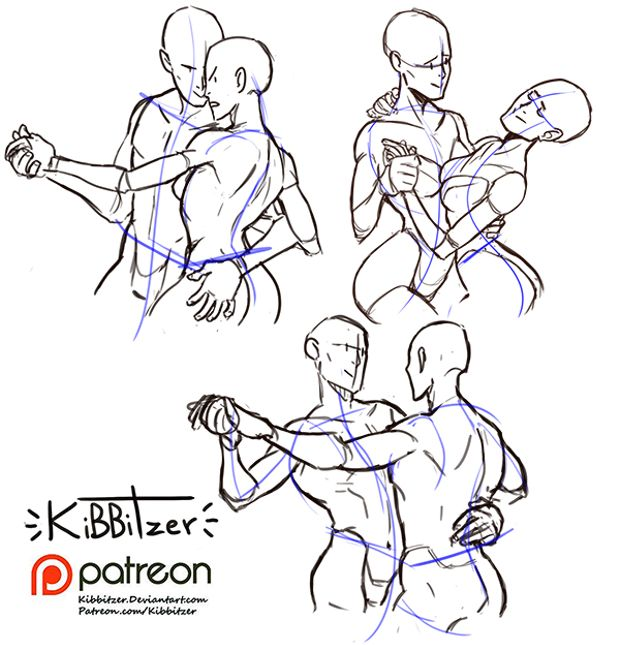 Because mistakes, insecurities of one are transferred to another, and you go astray.
Because mistakes, insecurities of one are transferred to another, and you go astray.
Team up for a waltz. The girl should face in the line of dance, the boy - with his back. This means that the girl will start the waltz from the right foot forward (from the first half of the turn), the boy starts from the left foot to the side (from the second half of the turn). Then the girl dances the second half of the turn, the boy the first, and so on. All the time at the same time they perform different halves of the turn. nine0003 Do not immediately try to spin at a fast pace.
Pay special attention to whether you put your foot in the first step of the second half of the turn and whether the first step from the right foot has shortened in the first half.
Remember that, circling in a waltz, you must always move forward along the line of dance. And for this, for each beat, you must turn exactly 180 degrees. The division of the waltz turn into two halves is purely arbitrary and should not affect the smooth and continuous character of the dance.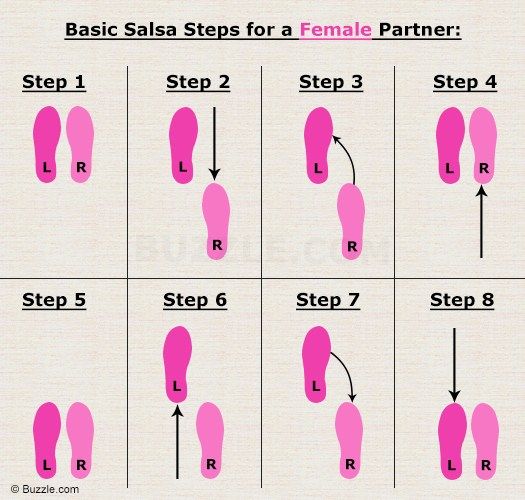 nine0004
nine0004
WE GO TO THE "TRACK" OF THE WALTZ, AND THIS MEANS THAT THE MOST DIFFICULT IS ALREADY BEHIND
You can't dance the waltz, just spinning in one direction. This is both tiring and makes the dance monotonous.
This is where the "track" is needed.
Stand one at a time, facing along the line of dance and march to the music of the waltz, taking one step for each count (each quarter). This is unusual, but not difficult if you carefully listen to the music.
Walk again, but now on half toes. The knees are tucked up, but not tense. The steps are small. nine0003 Now try for every third count to gently lower yourself from the half-toes of the forward leg to the entire foot. At the moment when you lower yourself from the toes, the other leg is simultaneously brought forward.
"Track" is played easily and smoothly. One "track" of the waltz takes three counts ("one, two, three" - one beat). Be careful not to take a big step on the first count. All steps of the "track" are the same size.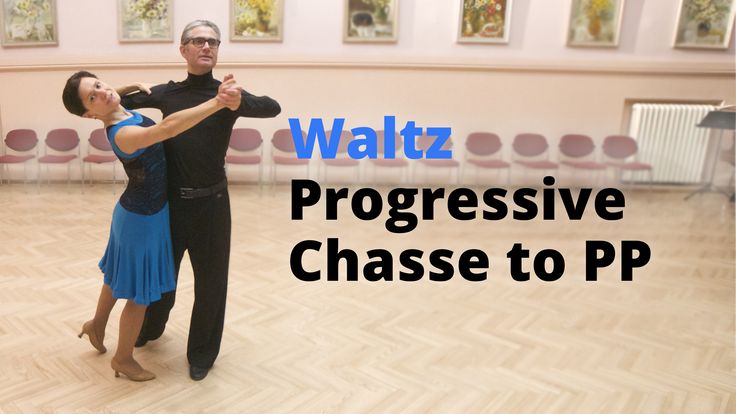 In pairs, the partner most often makes a track, stepping back and starting with the left foot, the partner moves forward and starts with the right foot. nine0003 At first, it is best to build the whole dance like this: combine two full turns of the waltz (four measures) and four measures of the "track". In the future, you will spin more and less often go to the "track". So, for example, it is convenient to combine twelve measures of rotation and four measures of a track.
In pairs, the partner most often makes a track, stepping back and starting with the left foot, the partner moves forward and starts with the right foot. nine0003 At first, it is best to build the whole dance like this: combine two full turns of the waltz (four measures) and four measures of the "track". In the future, you will spin more and less often go to the "track". So, for example, it is convenient to combine twelve measures of rotation and four measures of a track.
Well, how to turn left? Exactly the same as to the right. All the same rules apply, but, of course, you start on the other foot and turn to the left. However, my advice is not to rush to the left turn. Move on to it only when you are good at circling to the right. nine0003 You might also be wondering how to avoid dizziness. The most important thing is habit, but there is also a little secret: do not look around while dancing, and even more so at the floor or ceiling. Look only forward along the line of dance.
So, dance the waltz!
How to learn to dance a waltz for a girl
Home » Miscellaneous » How to learn to dance a waltz for a girl
Learning to waltz: basic steps and movements
Hello my dear readers!
If you want to learn how to waltz, but you don't have the desire or opportunity to attend a ballroom dancing class, then try to do it on your own or with a trainer. Learning to waltz is a challenging, exciting and very interesting activity that can be a great way to spend time with a partner. nine0004
Learning to waltz is a challenging, exciting and very interesting activity that can be a great way to spend time with a partner. nine0004
The peculiarity and beauty of the waltz lies in the smooth and continuous whirling of dancing couples, harmoniously combined with the general line of dance, which implies the movement of all couples in a circle. The liveliness, simplicity and immediacy of the dance gives a special atmosphere to the ceremonial aristocratic salons, where complex gavottes and minuets reigned.
By the way, waltz for beginners is quite an interesting and simple activity that quickly masters and gives the dancer great pleasure. Of course, waltz training should take place at a dance school, since it is quite difficult to learn steps and actions from books. It is more suitable for those who already have an understanding of the basic movements or simply missed a few aspects of the dance and want to catch up. nine0004
How to learn to dance slow waltzes? Dance lessons are the perfect solution to this problem. Training includes a warm-up, during which the muscles of the body are warmed up. Thus, nothing will constrain the body and movements of the dancer.
Training includes a warm-up, during which the muscles of the body are warmed up. Thus, nothing will constrain the body and movements of the dancer.
Only after that comes the practice of movements, steps and pas. Waltz lessons involve dancing in pairs. But do not worry if there is no couple - people come to many dance schools without a partner, so there will always be a company. An interesting choice would be Viennese, French or figured waltzes, Friendship waltz and Boston. nine0004
Types of waltzes
- The Viennese waltz was preferred at high-level balls in Europe, and it also adorns the annual Viennese ball. The number of bars of this dance is about 60 per minute. Since this is a fast waltz, it is not easy compared to other dance styles, and is also accompanied by a series of rapid turns. The Viennese waltz is included in the European ballroom dancing competition program.
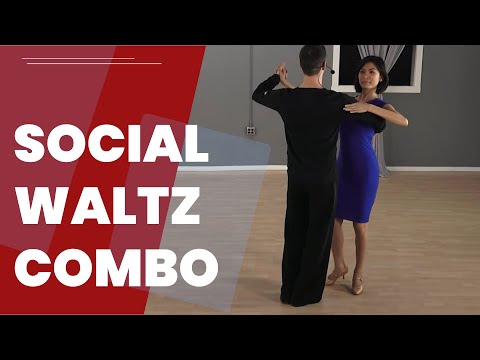
- The slow waltz differs from the Viennese waltz in the tempo of performance, it should be danced twice as slow - about 30 beats per minute. Waltz Boston - can also be attributed to the slow types of waltz. Like the Viennese waltz, the slow waltz is included in the European competition program. nine0075
- The figure waltz is a variation of the Viennese waltz, but it is distinguished by the presence of additional movements: swinging the leg, jumping up on one knee, and so on.
- Argentine waltz or tango waltz is a mixture of waltz and tango. The movements of this dance are in many ways similar to the tango, but it is performed in dance size and from the third position, like a waltz, but waltz rigor is not typical for it.
How to Learn to Waltz
Born in Vienna in the 1880s, this dance quickly spread to other countries and continues to this day. nine0004
Later, as with many dances, the waltz became more varied and other types appeared.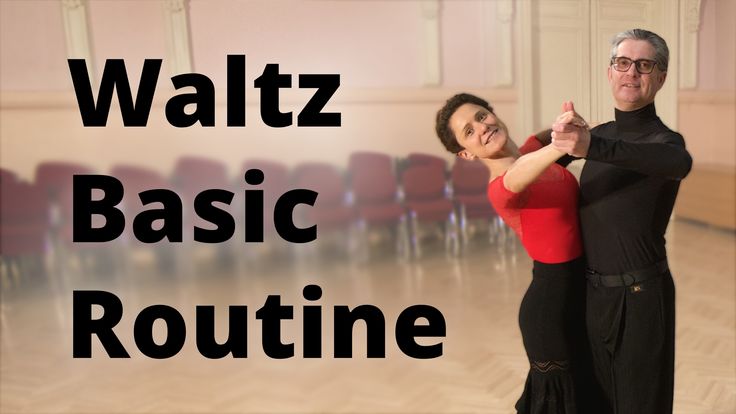 For example, Viennese is a fast format dance; international standard is a dance only in a closed position, and the waltz, which is performed in an open position, was the most popular in Italy.
For example, Viennese is a fast format dance; international standard is a dance only in a closed position, and the waltz, which is performed in an open position, was the most popular in Italy.
Of course, a more suitable age for learning is early. In the end, children remember everything new better, and the body learns movements faster. If for some reason you've never taken part in a dance program but feel like you want to fix it, then be patient. nine0004
Don't give up and be prepared for what the few get right the first time. It is important to remain persistent and over time you will perform varieties of the waltz. Ideally, even in the shortest possible time, you can go to accelerated courses, or take private lessons. Of course, this is not a budget option, but in this case you can avoid common mistakes, the instructor will identify your abilities and select the types of training.
How to effectively learn the waltz
Before learning, you need to prioritize. What is important for you - to learn how to dance professionally or just twirl in a beautiful outfit at a themed evening. If skill is more important to you, then you should look for a private teacher. nine0004
What is important for you - to learn how to dance professionally or just twirl in a beautiful outfit at a themed evening. If skill is more important to you, then you should look for a private teacher. nine0004
- First of all, individual lessons will allow you to effectively plan your free time. A personal teacher will objectively assess your prospects and help you achieve your goal. To get as deep as possible into the process, take the time to learn about the types of waltz, their history and features.
- To learn at least one kind of dance, you need to learn to feel the rhythm of the music. One option is to do household chores with music in the background. Listen for musical transitions. Try to mentally dance to the music playing. nine0075
- If possible, hone your skills with instructional videos. The secluded home environment will help you focus on the process. The video allows you to return to problematic moments and repeat the desired movements. Thus, you can pull up the complex elements of the lesson, having free time and without making financial investments.
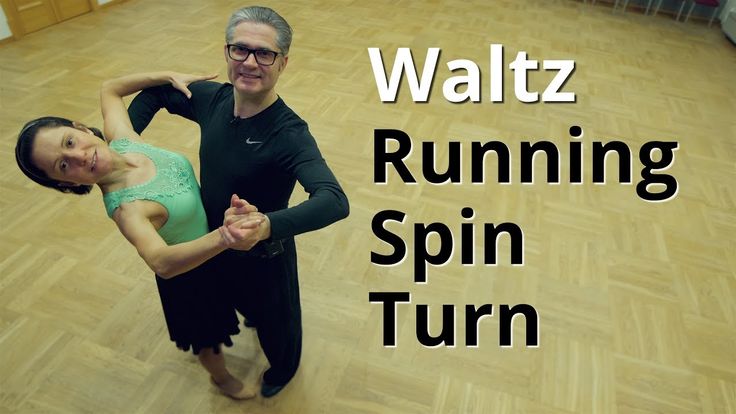 If you cannot find suitable lessons, you can purchase ready-made training materials on disk.
If you cannot find suitable lessons, you can purchase ready-made training materials on disk. - If there are experienced dancers among your friends, then you should not miss the opportunity to work with this person. This will allow you to pay attention to errors and get valuable advice. It is best to combine a set of events. Work out at home, with a trainer, attend open classes and special events. Try dancing with new partners. nine0075
Love what you do. Surround yourself with romance and beautiful dance paraphernalia. Make learning to dance a hobby. Then you are guaranteed to come to a successful result.
Basic movements and elements of the waltz
- Partners rotate in the waltz in a square, counterclockwise.
- All dance movements are performed to the count.
- On each side of the square you need to take one big step and two small ones.
- Partners rotate clockwise relative to each other.
- The main movements in the dance are the right turn and whirl.
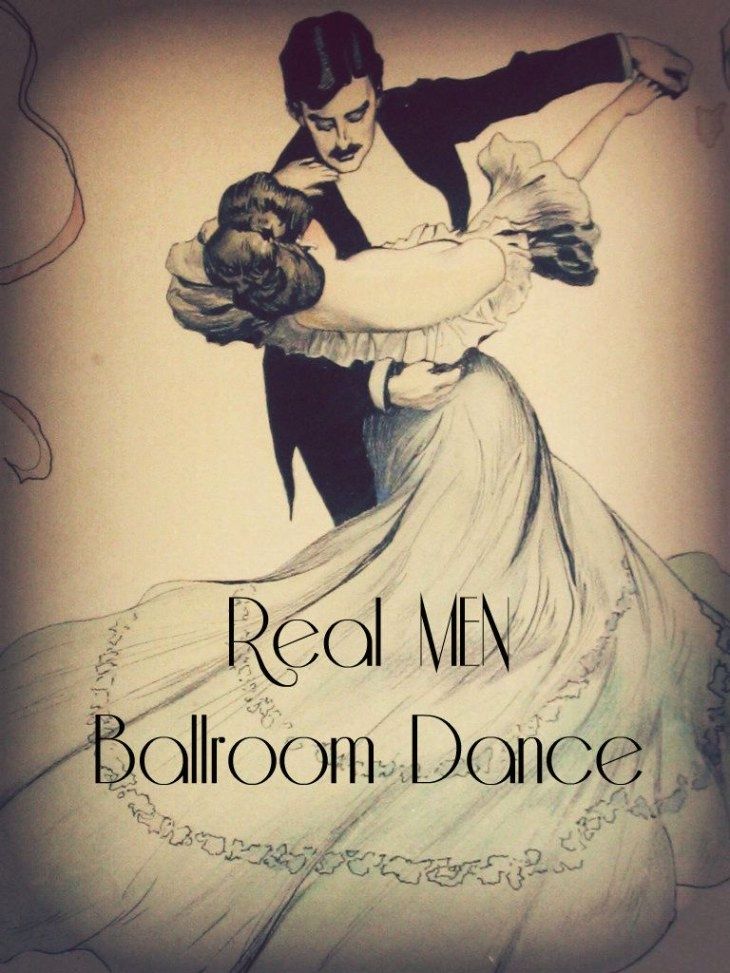 A turn in a waltz consists of 2 half-turns. The first half is performed on the right foot. We take a step forward and at the same time turn the body to the right clockwise. Then, continuing to turn, take a step forward with your left foot and stand on your toes. After that, we put the right foot to the left and lower ourselves to the entire foot.
A turn in a waltz consists of 2 half-turns. The first half is performed on the right foot. We take a step forward and at the same time turn the body to the right clockwise. Then, continuing to turn, take a step forward with your left foot and stand on your toes. After that, we put the right foot to the left and lower ourselves to the entire foot. - The second part of the half-turn is performed with the left foot. To do this, step diagonally back and to the left. In this case, the entire weight of the body falls on the left leg. Then the right foot is placed behind the heel of the left foot. At the end - a half-turn on the fingers. This is the basic waltz movement and this basic knowledge is sufficient for classical dance. nine0075
- However, those who want to add solemnity and variety to the dance can add more waltz movements. The partner takes the lady with his right hand by the right hand and lifts it above his head. In this position, the partner performs a rotation under her.
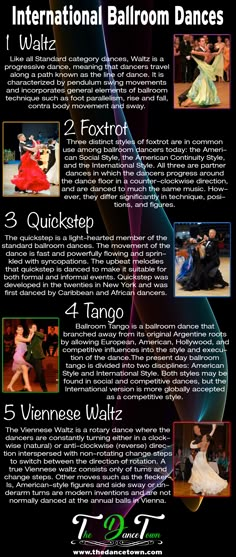 The gentleman's free hand is behind his back. The lady rotates to the standard waltz count of one-two-three.
The gentleman's free hand is behind his back. The lady rotates to the standard waltz count of one-two-three. - Another exciting waltz figure that deserves the attention of a novice dancer: the gentleman removes one hand behind his back, and his partner holds the hem of her dress. On the right foot, under the count, the partners take a step towards each other and raise their hands. Then they approach each other at the same count, but from the left foot. nine0075
- The previous movement can be done in another way: with a change of place. The lady and her partner approach each other, in a turn they change places and disperse. After this beautiful technique, they stand in pairs and rotate in a circle.
- End the dance with a beautiful bow for the audience.
The ability to dance a waltz will undoubtedly come in handy in life, regardless of whether it will be a formal event, graduation or wedding. A little hard work and you'll be fine. Good luck! nine0004
Square
First you need to learn the basic step of the waltz - the square that the dancers “draw”. It is performed in three counts. For “time”, the leading partner, ideally, what would be a man, steps forward from his left foot. On "two" - on the right. On "three" the left foot is attached to the right and completely falls on the foot at the end of the bar. It is important that the movements are smooth.
It is performed in three counts. For “time”, the leading partner, ideally, what would be a man, steps forward from his left foot. On "two" - on the right. On "three" the left foot is attached to the right and completely falls on the foot at the end of the bar. It is important that the movements are smooth.
The partner performs the same movements in a mirror image: in the direction back and to the left, from the right leg, putting it to the left. nine0004
The second movement is exactly the same, only with a change in the position of the legs: the partner steps back from the right foot, puts it to the left leg, and the lady moves from the left foot, puts it to the right. This makes a square.
According to the choreographer, the waltz moves are remembered quickly, but there are exceptions: people who "created a psychological barrier by deciding in advance that they would not be able to dance," he says.
It takes Evgeny and Xenia about ten minutes to do this.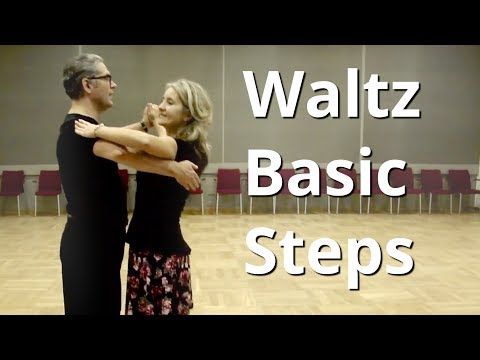 They remember quickly and immediately dance. But, as the choreographer says, not everyone has such a result. nine0004
They remember quickly and immediately dance. But, as the choreographer says, not everyone has such a result. nine0004
“It happens that people put up psychological barriers, for some reason setting themselves up for the fact that they can't dance,” says Larisa Yagina. - Under no circumstances should this be done. You will succeed. As a result, even the most “difficult” dancer will do everything that the choreographer teaches him.
By the way, according to a similar principle, on a triple count, a figure called “change. The partner stretches the right leg forward, puts the left foot on the toe and puts the right foot to it from the toe to the heel. The partner, in turn, moves the left leg back, moves the right leg to the right and puts the left one next to it. nine0004
Turns
The correct hand position for the waltz is “lock”, the lady's hand is in the lead partner's hand.
- The next step is turning. The dancer puts his right foot forward on the count of "one" and begins to turn to the right.
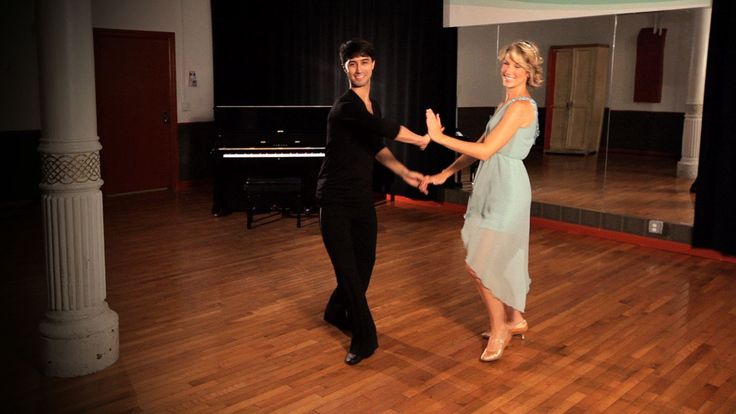 On the count of "two", he turns even more and becomes his back along the line of dance (the dancers move in a vicious circle counterclockwise).
On the count of "two", he turns even more and becomes his back along the line of dance (the dancers move in a vicious circle counterclockwise). - On the count of "three" - pulls the right leg to the left. Thus, the dancer turns 180 degrees and makes a half turn. On the count of “one”, he continues to turn: he puts his left foot away from the previous position. On "two" the right leg winds up behind the left and smoothly turns to the right. nine0075
- It is recommended that the lead dancer put his free hand behind his back so as not to interfere.
- The partner performs the same movements, only in a mirror image: instead of the right leg forward, the left leg is back and turn to the left.
- By analogy, the left turn is performed, only in the opposite direction and starting from the other leg.
Waltz track
Performed in three counts equally by both dancers. On the count of "one" the dancer steps forward with his right foot, on "two" the leading step with his left foot. On "three" - again with the right foot. The second measure of the track is performed by analogy with the first, only it starts with the left foot. nine0004
On the count of "one" the dancer steps forward with his right foot, on "two" the leading step with his left foot. On "three" - again with the right foot. The second measure of the track is performed by analogy with the first, only it starts with the left foot. nine0004
An elegant bow at the end of the dance.
Steps in the dance
Steps are undoubtedly one of the main components of the dance. Each student understands that the dance is based on the 1-2-3 calculation. An example of the execution of steps on the male part.
The first step is large, the rest should be barely noticeable:
- The step should be gliding and light;
- It is best to slide with the pad, then gradually go to the toe, and then again with the pad and stand on the entire surface of the foot. nine0075
Man's part
First, the man must face the center of the floor along the dance line. The action starts from the foot. The mass of the body redirects to the right side, the left is attracted to the leading leg.
When the game starts with the left foot, the face must be turned so that the back of the head is facing the center of the court. Only after this, the act can be continued with the left foot, pulling the second to it.
Movements should be performed as follows: on “1” a “substep” is made with the right foot, then on “2” stop on the right, and the left follows the same trajectory along the dance line. On the count of "3", pull your right leg, stop on your toes, then gently lower yourself to the platform. nine0004
Woman part
The lady starts with her back to the main hall, with her left foot, stepping back a little. After that, the right leg is pulled into the “brush” figure and, along the dance line, directs the right side from the toe to the back.
With the side action, you need to draw the right foot to the left. Then the party goes to the center from the left foot. At the end, you need to pull the right leg to the left leg and smoothly stand on the whole foot.
Waltz, step pattern
Waltz movements are called patterns for a reason. There is a line of dance that the dancers must follow. A full circle is performed in two cycles. The first measure (one, two, three) the dancer begins with the movement of the right foot along the line, being at the beginning of the second measure with his back to this line
The second part is the return to the starting position, facing the line of dance, thus completing a full 180 degree turn.
After carefully studying the right turn in the solo dance, you can repeat the same with your partner. In this case, the lady stands facing the line of dance, and the gentleman - with his back. In this case, the girl starts from the first half of the turn, and the young man from the second. And here the most important thing for beginners is not to get confused in their actions.
But when the right turn is fully mastered, you can start learning the left turn. The scheme is the same, only the movements are performed in a mirror image.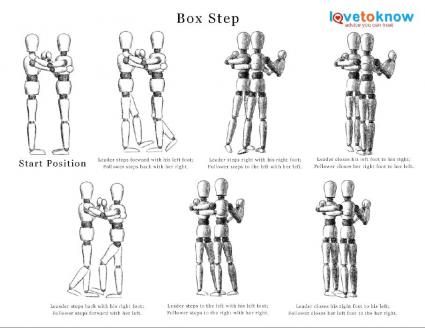
All the best to you!
How to Waltz for Beginners
Learn How to Waltz for Beginners in this beginner's guide.
Waltz - one of the coolest ballroom dances with an emphasis on "rise and fall" and smooth movement on the dance floor.
If you like these 2 videos, let us know in the comments below. nine0003
The simplest waltz dance steps (The Box):
Brief description of the basic Waltz step (Box Step)
Side with left foot
Bring right foot close to left foot
Women
Back with right foot
Side with left foot
Bring right foot close to left foot
Front with left foot
Side with right foot
Close left foot with right foot
Pro tip:
lower to the "1" count and raise to the "2" count, then lower at the end of the "3" count.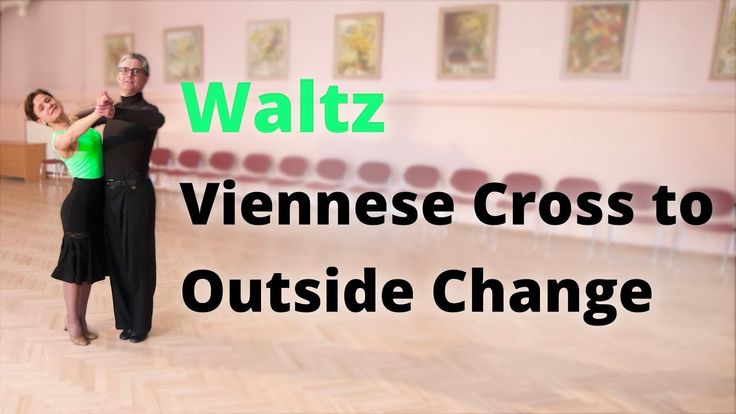 Try it!
Try it!
Now that you have learned how to waltz in place with the box, you need to learn how to move around the room, because the waltz is an itinerant dance. nine0004
Next, How to Waltz on the Floor (Progressive Basic):
Men:
Left Foot Forward
Right Foot Side
Bring Left Foot Close to Right Foot
Forward Right Foot
Side of Left Foot Over Right Foot
Women
Back with right foot
Lateral with left foot
Bring right foot closer to left
Back with left foot
Lateral with right foot
Close left foot with right foot
The waltz is in 3/4 time signature, which is different from many other social dances such as rumba or foxtrot which are in 4/4 structure. That's why you count the waltz "1,2,3" - "1,2,3" . Each bit is even.
Each bit is even.
Finally, what is a waltz? Slow Waltz Dance Character:
Slow Waltz Originated in Vienna, Austria, and soon became popular in various ballrooms and parties. It is a dance that has a very elegant and soft character, in keeping with the classical music that often accompanies it. This dance has stationary figures as well as figures that move across the floor. You can dance it to cool songs like "Appassionata" by Secret Garden and "The Sweetheart Tree" by Johnny Mathis. nine0004
Want more dance lessons?
We offer a membership that includes access to over 300 online ballroom and latin dance videos. Including American and International style videos.
Membership information and registration
Want more? Learn More Waltz Steps:
More Waltz Lessons
Get More Dance Lessons:
How To Cha Cha Dance
How To Swing Dance
How To Rumba Dance
Beginner's Guide to Ballroom Dancing
Salsa Basic Steps
How To Bachata Dance
How to Dance at a Wedding
List of Ballroom Dancing Styles
Questions? Leave your comments below.
 ..
.. .
BGBB - Easy Viennese Waltz
Viennese Easy Waltz
March 21, 2016
Special thanks to Nancy for suggesting this idea to Mr./Dance.
The Viennese Waltz is perhaps the most difficult dance to learn. Most beginners will do as a Slow Waltz, but the amount of spin and speed of the music can prove fatal with just a few steps. On the other hand, many more advanced dancers will agree that the Viennese Waltz is one of the easiest dances. How can it be? How can a dance be so hard to learn but magically become one of the easiest dances even though it's so fast? Read on as we unlock the secrets of Viennese Waltz - it's easy! nine0004
1. Change As you can see the floor is
For the other four standard dances, the floor is rectangular, but not in the Viennese Waltz. of the new Line of Dance, but in the Viennese Waltz you have to think of the floor as one big oval shape. The reason is that it takes a long time to turn a corner, and if you try to make a sharp turn of it, you will most likely run off the floor or trip.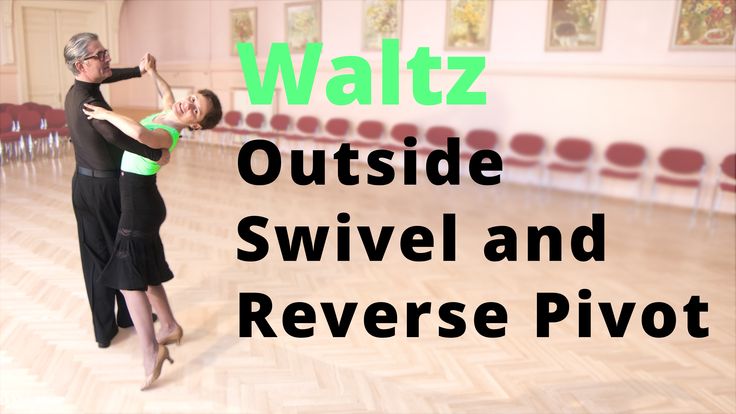 Instead, feel like you are dancing one long line of dance, curving around a center point in the middle of the floor . Approximately 2/3 of the way down the long side, the line of dance begins to curve and cut out the entire corner. Along the short side The line of dance is just one big curve, returning to the long side. If you're on a corner, you should think of the Line of Dance not as you would in a waltz or tango, but as a perpendicular line between you and the center of the circle. nine0004
Instead, feel like you are dancing one long line of dance, curving around a center point in the middle of the floor . Approximately 2/3 of the way down the long side, the line of dance begins to curve and cut out the entire corner. Along the short side The line of dance is just one big curve, returning to the long side. If you're on a corner, you should think of the Line of Dance not as you would in a waltz or tango, but as a perpendicular line between you and the center of the circle. nine0004
Also as shown above, make sure there is enough space outside the circle so that you can lean out a little and avoid crash or traffic jam if someone else stops on the floor.
2. Know Your Directions and Tracks
The Viennese Waltz is simple in that it only has nine numbers, and three of those you probably won't dance until you're an advanced dancer (i.e. Reverse Fleckerls , Contra Check, Natural Fleckerl). This means you have the following numbers in your repertoire:
As long as these three advanced numbers above just spin around in the middle of the room these six basic numbers are what moves you around the floor and there are some key similarities between them that will make the dance a lot easier if you understand. Remember that LOD is a Viennese Waltz curve, so DW and DC need to be adjusted accordingly.
Remember that LOD is a Viennese Waltz curve, so DW and DC need to be adjusted accordingly.
| 1 | Each step must travel LOD or near LOD. * |
| 2 | Natural turns always start and end aligned towards DC. Before you step forward on the natural turn, you must face DC. Before you return to the natural turn, you must back the DC. |
| 3 | Reverse turns always start and end aligned towards DW. Before you step forward the reverse turn, you must be facing DW. Before you take a step back Turn around, you must support DW. nine0362 |
* The person walking back on beat 1 will step back a little way, but this step is essentially still a LOD. again, this step is still essentially a LOD lift.
3. No ups and downs
It is said that the Viennese Waltz should have fewer ups and downs than the Tango. Most of the dancers who learn Viennese Waltz already have experience with Waltz and so they want to put a lot of ups and downs inside.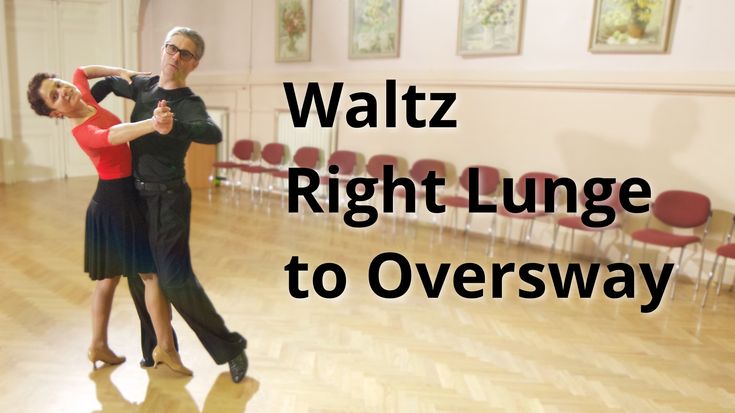 Watch this video of Arunas and Katyusha, currently Professional Standard World Champions, dancing the Viennese Waltz. Note that there is a slight drop in the body on beat 3, and a very gradual rise through steps 1 and 2.
Watch this video of Arunas and Katyusha, currently Professional Standard World Champions, dancing the Viennese Waltz. Note that there is a slight drop in the body on beat 3, and a very gradual rise through steps 1 and 2.
Although it must be admitted that there is a very slight rise and fall in the Viennese Waltz, the dancer must nevertheless think of the dance as being flat. than is desirable. Keep your Viennese waltz flat.
"But Cyril, the Viennese waltz technique says: "Rise to the end 1."
Again, if you think about rebellion, you will get up too much. With the speed of the music, there is no time for a real rise and fall. Don't Do It ! nine0004
4. Journey, don't turn
To the untrained eye, the Viennese Waltz looks like a man and a lady spinning around each other endlessly, but if you think of the Viennese Waltz as spinning, it will be very difficult to dance.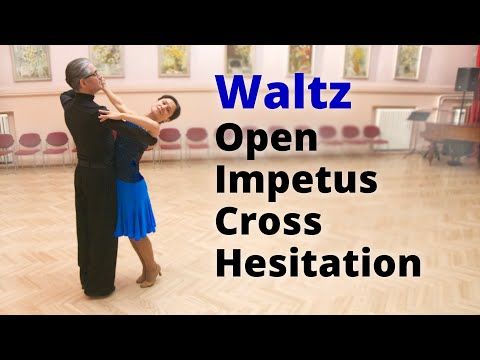 Ask any advanced dancer and he will tell you that the Viennese Waltz should feel like there is no rotation at all. The problem for many is that they don't understand how to get around their partners so they try harder and harder as a result a lot of rotation and the dance is hard and tiring. But instead of trying to get around your partner, try to travel through your partner. nine0004
Ask any advanced dancer and he will tell you that the Viennese Waltz should feel like there is no rotation at all. The problem for many is that they don't understand how to get around their partners so they try harder and harder as a result a lot of rotation and the dance is hard and tiring. But instead of trying to get around your partner, try to travel through your partner. nine0004
Let's say we're doing a Natural Change. We start with Man standing in front of DC and Lady supporting DC. In step 1 1/8 turn is just putting foot on LOD. That man will go straight down the LOD while the Lady will step just a little bit to the left to let the man pass. Although the lady's steps are slightly to the left, her step should essentially be down the LOD and not go too far to the left. From there, both partners will take the next step straight down the LOD. Since this is a side step, the Human is now the reference center, and the Lady's Body is facing the center, with her right toe pointing between the Human's Feet. Finally, when the legs are close, they achieve the desired spread of Man, keeping DC and Lady facing DC. From there, Man will do what the lady just did and vice versa. nine0004
Finally, when the legs are close, they achieve the desired spread of Man, keeping DC and Lady facing DC. From there, Man will do what the lady just did and vice versa. nine0004
Notice how much of this explanation had to do with the journey and not with the turn. As long as you are traveling in the right direction and aware of your partner, the turn will naturally come. Practice this first to slow the music and then speed it up as you get used to thinking about traveling instead of turning.
5. When Dance the Natural Turn vs. the Reverse Turn
It's always easier to do less turn than to do more turn. Dance Natural turns and do a little less turn on each step and you'll notice you start to curve towards the left over time. Do the same with reverse turns and you will notice that you start to curve to the right. The only way to reverse this curve is making more turns than usual on each step, very very difficult. This is why bending the reverse turn around the corner (which always curves to the left onto the dance floor) is very difficult, but bending the natural turn around the corner is easy.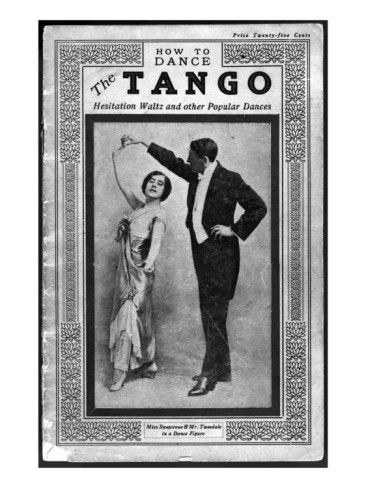 My advice is this: When you get to the short side and you know you're going to have a lot of curves, dance Natural Turns. When you go down the side in a straight line, do reverse turns. nine0004
My advice is this: When you get to the short side and you know you're going to have a lot of curves, dance Natural Turns. When you go down the side in a straight line, do reverse turns. nine0004
,
How to learn ballroom dancing at home: five tips to remember
The world of ballroom dancing is truly a magical and interesting place to visit.
Whatever type of ballroom dance you perform, it will easily captivate everyone. audience.
What if you don't want to go to a dance studio?
Is there a way to learn ballroom dancing at home?
Well, there are ways to do it right. nine0004
Don't worry if you don't know where to start, we'll help you with homeschooling.
You might be surprised that you already know how to automatically dance to a specific ballroom number.
Are you worried?
If you want to learn ballroom dancing from the comfort of your own home (we know it's less embarrassing) , keep reading!
How to learn ballroom dancing at home
You can buy many books to learn ballroom dancing, but trust us when we say it may not lead to learning.
